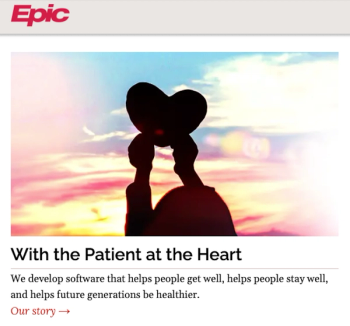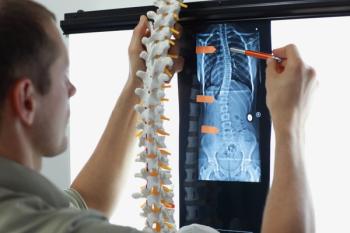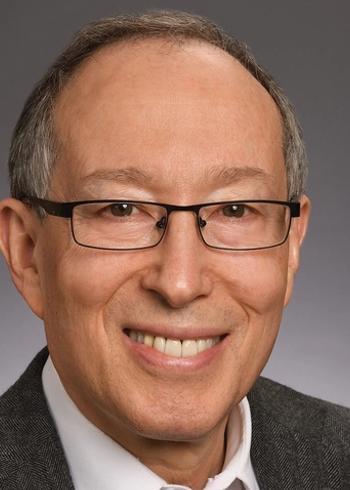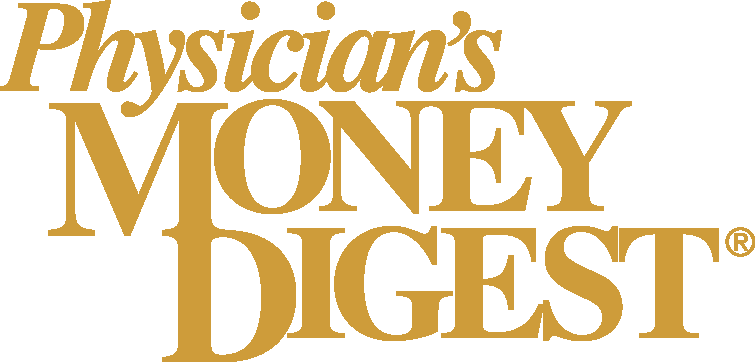
This small schedule change could ease inbox stress for primary care physicians
Key Takeaways
- PACE slots, 20-minute blocks for EHR tasks, aimed to reduce physician burnout and improve workload management.
- Physicians reported feeling less overwhelmed and more in control, despite no measurable reduction in after-hours EHR use.
University of Michigan’s “portal practice slots” didn’t cut after-hours EHR time, but physicians still reported less stress and better control over their day.
The inbox isn’t going anywhere, but a new approach out of Michigan suggests that a little structured time to manage it can go a long way, at least in
A
The slots — which the authors now refer to as Patient Asynchronous Care Effort (PACE) slots — didn’t measurably reduce that pajama time. They didn’t lower visit volume or boost billables, either. But they did change the way physicians felt.
Jennifer Reilly Lukela, M.D., lead author of the study,
Structuring time for digital tasks
The change, rolled out in April 2022 across University of Michigan General Medicine clinics, slotted in one 20-minute block per clinic half-day — time explicitly protected for asynchronous care.
In a survey of 74 responding faculty physicians, 88% agreed the slots reduced their after-hours work, even though EHR logs showed no actual drop. Another 93% said the intervention helped them manage urgent messages during regular working hours. Eighty-six percent said it made the in-basket feel less overwhelming.
Lukela said the takeaway is less about actual hours and more about autonomy.
“As we think about physician well-being and the sustainability of careers in primary care, one of the most critical things is agency over your day and control over your schedule,” she said. “With the PACE innovation, we are both trying to meet patients where they’re at and make primary care a sustainable practice for physicians by recognizing all the kinds of work they do, without reducing financial sustainability.”
The disconnect between data and feeling
Across 2,079 provider-months of data, researchers tracked pajama time, relative value units (RVUs) and completed visits. None changed significantly.
The average monthly pajama time held steady around 21.5 hours per clinical full-time equivalent (FTE). Visit counts and RVUs were virtually flat. Still, doctors overwhelmingly felt better.
“These slots are an important ‘release valve’ of the stress of clinical care,” one physician wrote in the survey. “Sometimes I don’t get to use them for in-basket catch-up if I’m running behind with scheduled patient visits. But even then, it feels like a more-than-20-minute improvement in my life.”
Others said they were “extremely important for both safety and quality of care,” and that “they make a huge difference in how harried I feel.”
The authors suggest this may be partly because the slots gave physicians a sense of control, and because they acknowledged the workload.
“It may be that these perceived benefits resulted in improved overall well-being and resulted in the impression of a reduced after-hours workload, even though the overall workload did not change substantially,” the authors wrote.
Some physicians worried that carving out time for portal work would reduce patient access. But that concern didn’t materialize in the numbers. Visit hours fell only slightly, and not significantly. RVUs didn’t dip at all.
Other respondents said the allotted 20 minutes still wasn’t enough time.
“We all know the volume is tremendously higher and I would advocate that MORE time is indicated to cover this workload,” wrote one responding physician.
“Workload has gone from entirely crushing to simply overwhelming,” wrote another.
For many, the real value was symbolic: recognition from leadership that inbox work is real, clinical work, and it’s time consuming.
“Asynchronous care is here to stay,” Lukela said. “We need to figure out how to deliver this form of care efficiently and build it into the system, to prevent provider burnout and ensure patient safety.”
Ultimately, while the experimental implementation of PACE slots didn’t change how much pajama time was spent on EHRs and other asynchronous care, they may have changed the mood. For burned out primary care physicians facing relentless inboxes, that may be reason enough to take notice.
Newsletter
Stay informed and empowered with Medical Economics enewsletter, delivering expert insights, financial strategies, practice management tips and technology trends — tailored for today’s physicians.














